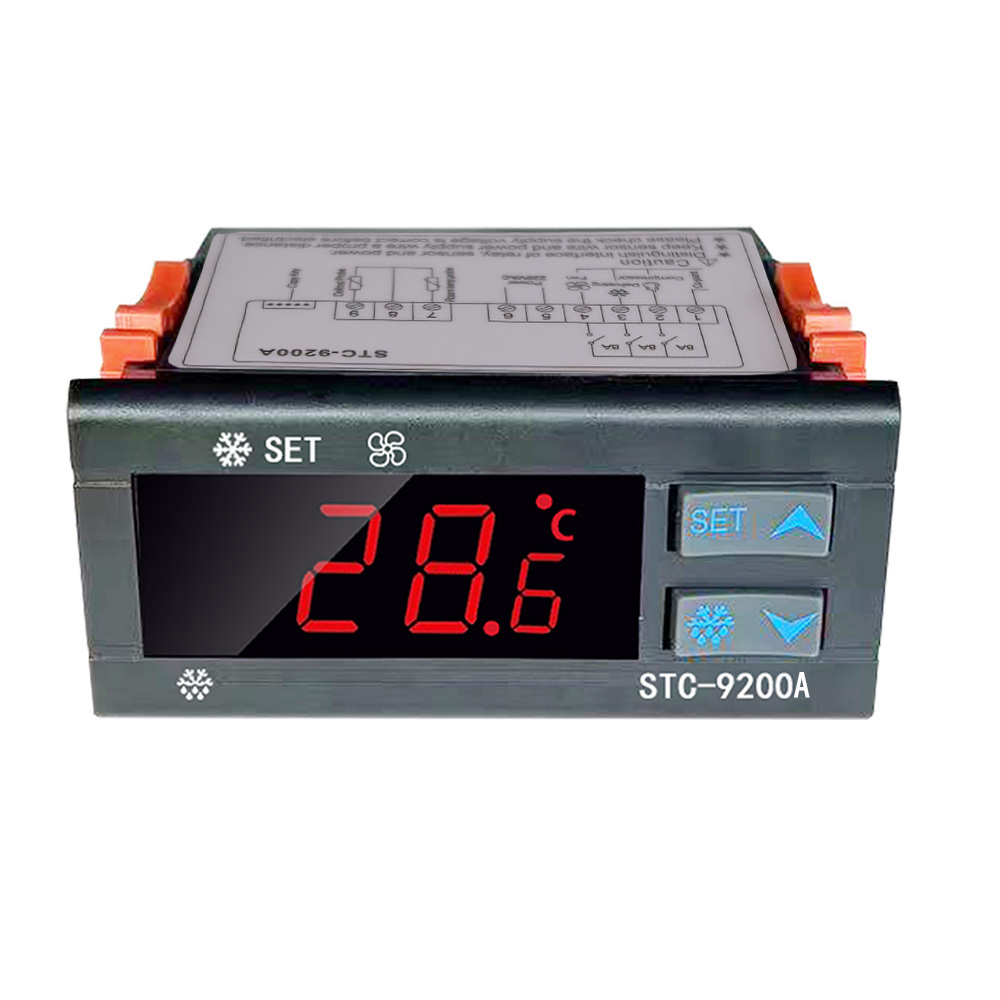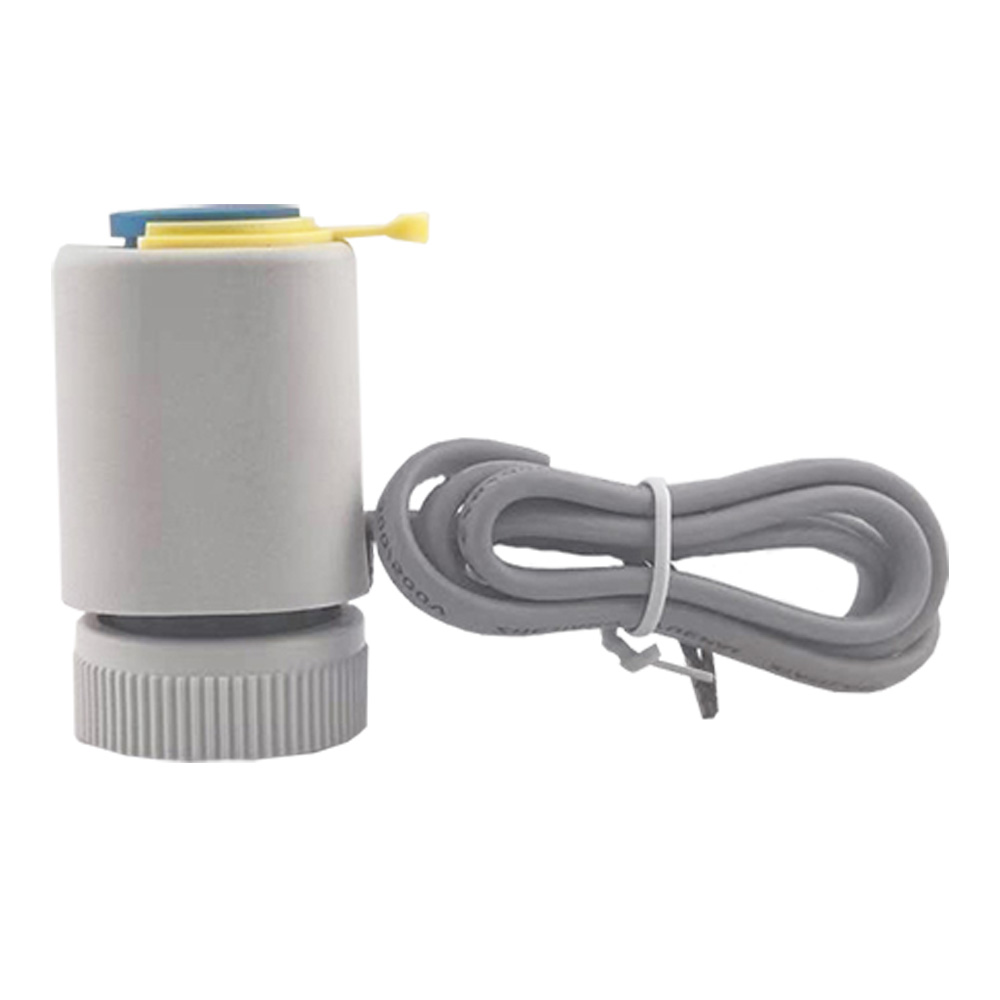Ensuring compatibility between an electric heating actuator and a heating system's control system is crucial to ensure proper functioning and performance. Here are some key steps to follow to ensure compatibility:
1. Understand the control system requirements: Begin by understanding the requirements of the heating system's control system. This includes factors such as the type of control signals supported, voltage and current requirements, communication protocols, and any specific compatibility guidelines provided by the manufacturer.
2. Research compatible actuators: Identify electric heating actuators that are compatible with the control system of the heating system. This can be done by looking at the specifications and documentation provided by the actuator manufacturer. Consider factors such as voltage range, control interface requirements (analog or digital), and communication protocols.
3. Consider the actuator's compatibility with valves and dampers: If the heating system uses valves or dampers that need to be controlled by the actuator, ensure that it is compatible with these components. Check for things like the actuator's torque ratings, range of motion, and the type of valve or damper interface it supports.
4. Connectors and wiring compatibility: Check the compatibility of connectors and wiring between the actuator and the control system. Ensure that the connectors on the actuator match the connectors on the control system, and that the wiring requirements (such as gauge and insulation) align with the control system's wiring standards.
5. Verify power supply requirements: Confirm that the power supply requirements of the actuator align with the available power supply in the heating system. This includes considerations such as voltage, frequency, and power consumption. Ensure that the heating system's power supply can meet the demands of the actuator without overloading the system.
6. Compatibility testing: Once an appropriate actuator is selected, it is essential to test its compatibility with the heating system's control system. This can involve connecting the actuator to the control system and running a series of tests to ensure proper operation, responsiveness, and accuracy. These tests can include verifying the actuator's response to control signals, checking if it reaches the desired position, and confirming its ability to maintain that position.
7. Seek manufacturer support: If any doubts or uncertainties arise during the compatibility assessment, reach out to the manufacturer of the control system or the actuator for support. They can provide guidance, clarify compatibility requirements, and answer any questions regarding integration.


 English
English 中文简体
中文简体








 +0086-18067425071(Wechat)
+0086-18067425071(Wechat) +0086-574-62803230
+0086-574-62803230 Duoye0413@outlook.com
Duoye0413@outlook.com
